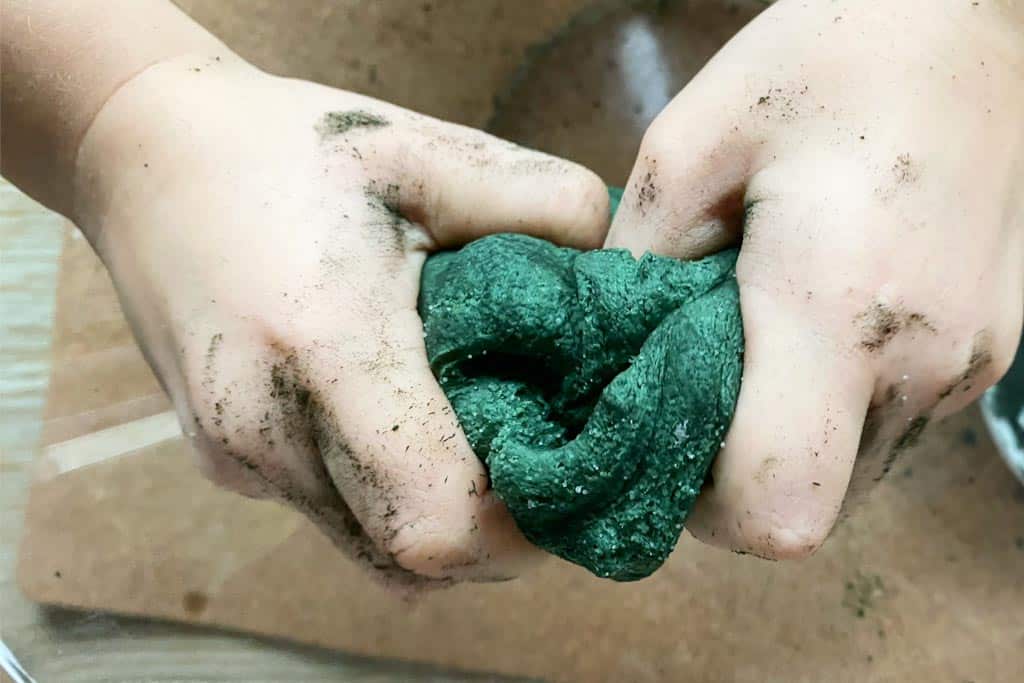Sand and water go together like coffee and chocolate. Nice on their own but great together. They are open-ended materials which means that the play possibilities are endless. There are no fixed outcomes here. It’s all about exploration and discovery and there is always something new to learn.
Water play
It might look like they are just splashing around having fun, but water play fosters learning in almost all developmental areas for young children.
Visit any nursery and you’ll see pre-schoolers happily engaged in pouring water from one container to another – an back again. The notion that a tall, thin beaker might hold less than a short, wide one is very difficult to grasp when you are three. At this age, taller means bigger, and with greater capacity. The only way children come to understand that this is not always the case is through experimentation. Pouring and emptying, for hours at a time.
This kind of play is so fundamental to children of this age that it’s hard to imagine learning maths without it.
But you don’t need a water table or any fancy equipment. You don’t even need a garden. A bath with a few empty shampoo bottles will do just fine. If you can find a plastic jug, a funnel and a couple of feet of hosepipe, so much the better, but it’s not essential.
It’s hard to overstate how much water play your child needs. On a summer’s day they will be outside for hours, with nothing more than a bucket and a couple of old yoghurt pots.
Pouring and emptying.
Pouring and emptying.
It’s a kind of meditation.
For some water play inspiration, take a look at our Free Activities section, where you will find water play with pipes and guttering.
Sand play
You don’t need a big sandpit or any fancy equipment to help your child enjoy the benefits of sand play. Even just a small box of sand provides a great sensory toy that will engage them for many hours as they explore the unique texture and movement of sand in their hands. As well as the obvious fine motor and hand-eye co-ordination skills that sand promotes, it can also develop imaginative and creative play as they begin to create worlds and develop stories with the sand. Give them some old toilet roll tubes, small cups, play figures, pebbles – anything – and they’ll begin to construct dramas and fairytales. Playing alongside their friends in the sand also encourage social and emotional learning as they take turns, play parts and have fun with simple sand.
Great sand play accessories:
- plastic containers and buckets (such as yoghurt, ice-cream, margarine) of different sizes and shapes
- old kitchen utensils—jugs, saucepans, wooden spoons, funnels etc
- old combs and brushes
- toys—trucks, cars, plastic people, wheelbarrows and play tea sets
- sticks, rocks, shells and flowers





